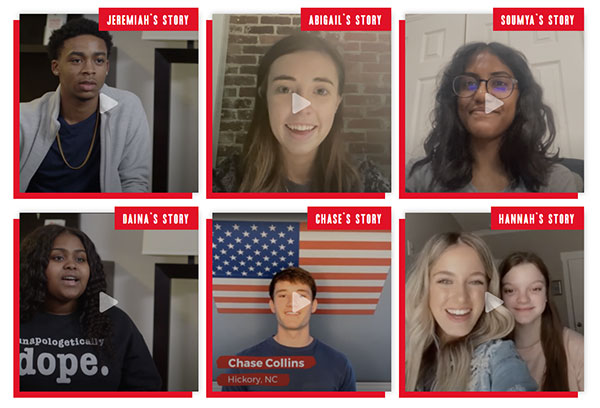How to Keep Kids and Teens from Smoking and Vaping

It’s a burning question for parents and public health officials alike: How do you keep a new generation from starting to smoke?
We already know some strategies that have worked. Public health campaigns aimed at young people and consistent reinforcement from parents help keep them from striking up the dangerous habit.
But first, a basic question: Why? Why is it so vital that we continue to discourage our youth from using tobacco?
Four facts to know
- Kids are still smoking. Every day in the U.S., about 2,000 teenagers smoke their first cigarette, and over 300 of them become daily cigarette smokers.
- Smoking is dangerous. According to the U.S. Surgeon General, 5.6 million Americans younger than 18 today will die early from smoking-related diseases.
- Most smokers start young. If young people don’t start using tobacco by age 26, they almost certainly will never start.
- It’s not just cigarettes. Kids today are exposed to cigars, cigarillos, e-cigarettes (vaping and juuling), hookah (water pipe) and smokeless tobacco (snuff, chew and dissolvable tobacco). Several of these forms of tobacco are “flavored,” increasing their appeal to young people.
What’s working
Tobacco companies are targeting young people with ads, price discounts and enticing new products such as e-cigarettes designed to look like sleek gadgets. Many teens and young adults exposed to these efforts are highly impressionable and dealing with social pressures to “fit in” with peers.
Here are some approaches that have worked to counteract those forces:
- Raising cigarette prices. Most teens are sensitive to pricing. Higher prices can deter would-be smokers.
- Restricting access. The American Heart Association advocates adopting Tobacco 21 laws nationwide — setting the minimum legal sale age at 21 for every state.
- Limiting tobacco marketing. Regulatory initiatives that ban youth-focused marketing efforts have helped curb smoking’s appeal to young people.
- Conducting media campaigns. Education campaigns (such as the Truth Initiative) have helped teens understand how tobacco companies exploit them. These campaigns are even more effective when supported by school-based and family-based programs.
- Providing quit smoking programs. Affordable and accessible smoking cessation programs can help young smokers quit as well as parents and caregivers who want to model healthier behavior.
What parents can do
As a parent, you’re a powerful influence — even if your teenager seems to disagree with everything you say. Here are some of the most effective ways you can steer your kids away from tobacco:
- Maintain a dialogue. Start early. Begin talking with your kids about smoking and vaping in kindergarten. Be honest and open to seeing things from your child’s point of view. And don’t stop. Keep the conversation going as kids get older.
- Think more than cigarettes. Explain that smokeless tobacco, hookah and e-cigarettes all have dangers, including nicotine addiction.
- Prepare your kids for peer pressure. Discuss what they might say if a friend offers a cigarette or e-cigarette.
- Set a good example. If you smoke or vape, the best thing you can do is quit. At least don’t smoke around your children.
- Establish a smoke-free home. Don’t allow family members or friends to smoke in your home or car. Make sure the places where your child spends a lot of time are tobacco-free.
If your child has started smoking or vaping, try to learn why. This may help you talk with him or her more effectively. Instead of punishment, offer understanding and help to resist the dangerous lure of tobacco use and addiction.






